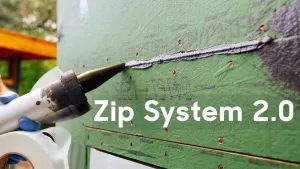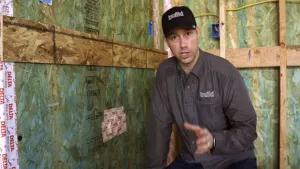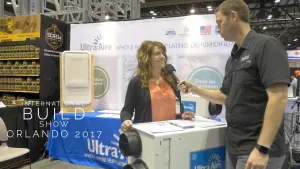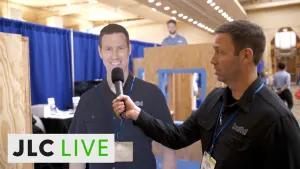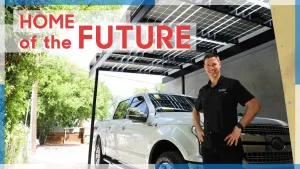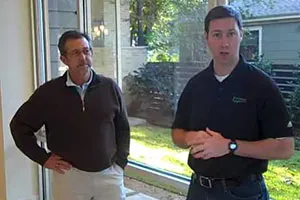Pier & Beam Foundation with a Conditioned Crawlspace
Most crawlspaces are musty, damp, and full of bugs or critters. Join Matt Risinger as he shows us the best way to build a conditioned (non-vented) crawlspace on this Pier and Beam foundation.
A conditioned crawlspace is like that of a dry basement. It's thermally sealed, insulated and incorporated into a home's HVAC system. Learn about the differences between a non-vented and vented crawlspace. A vented crawlspace has vents on the outside and is connected to the outdoor air. There's usually some sort of sealing, as well. When it comes to non-vented crawlspaces, there's a vapor barrier in place, keeping moisture away from the slab and preventing it from getting to the foundation. It's important to be able to access the crawlspace for plumbing issues and annual maintenance.
Be sure to watch the full video so you can see what happens when he returns to the site two weeks later, bringing us inside of the crawlspace. Benefits of a conditioned crawlspace no pests, ability to air seal using the insulation at the perimeter, and a temperature that is similar to the air above and below (which means no expanding and contracting and added indoor air quality benefits).
Check out what he considers the best way to build a crawlspace, including vapor barrier recommendations and tips for insulation. Special thanks to Risnger's sponsors who help make these videos. These are all companies he's used for years and trusts their products.

 Share on facebook
Share on facebook Tweet
Tweet Email
Email Share on Linkedin
Share on Linkedin







